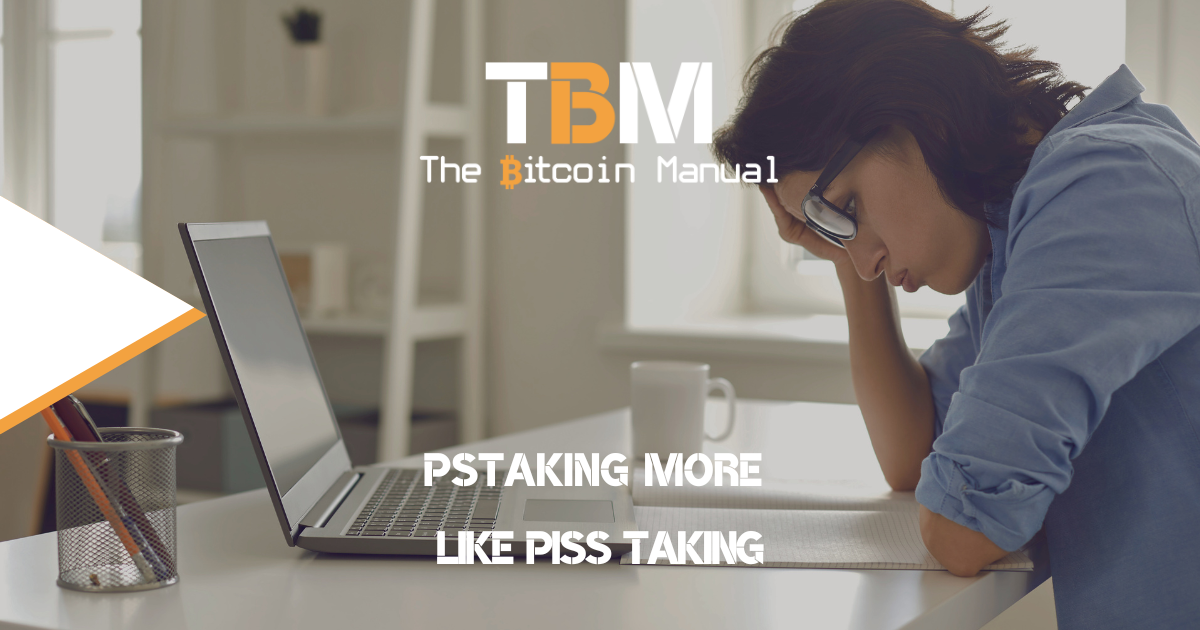Governments worldwide continue to keep an eye on bitcoin and the evolving industry around it. Bitcoin has evolved from a simple method of transferring data around in a trustless network into a massive global market for exchanging value. A network that clears billions every day, despite its relative size and a network that continues to attract participants from the retail and now institutional sector.
As the network grows and sucks in more users and value, it grows its circular economy, which removes the demand for fiat currency and value that would otherwise be chasing traditional assets. While bitcoin used to be a primarily retail-driven market, it’s begun to attract institutions due to its size and maturity.
The institutional desire to get into bitcoin requires formalised products that can be regulated and overseen, and without it, larger capital management firms cannot get into the bitcoin market. Some digital asset managers are pushing back against regulators in an effort to provide more legal investing opportunities, with many calling for the launch of a spot bitcoin ETF.
If investors want exposure to bitcoin, why are government regulatory bodies so hesitant to sanction a spot ETF?
Regulating capital flows
One possible reason for a spot ETF is the way it’s constructed. If funds flow into the ETF, the fund needs to acquire bitcoin; if funds leave the ETF, the fund needs to rebalance. If you have a spot ETF, you make it easier for individuals and large institutions to acquire bitcoin, and that could set off an avalanche of buying.
If the tiny float of the bitcoin market is exposed to the trillions worth of dollars of demand, we could see massive price movements that suck money looking for investment opportunities elsewhere in bitcoin, and as bitcoin’s price runs up, it could trigger a loss in faith for the currency.
A spot ETF could also encourage people to head out of real estate, the bond market, and the stock market which could depress those markets. This could be one of the reasons regulators want to put a stranglehold on the ease of acquiring bitcoin.
Investor protection
Another problematic issue for regulators is the current bitcoin ecosystem, regulators feel that exchanges today do not conduct the proper KYC and AML procedures, and because of this, tainted bitcoin UTXOs can find their way onto these exchanges and mix in with order books.
As an ETF would acquire bitcoin from these established bitcoin native capital markets, ETFs could provide liquidity for wash trading, and money laundering or be the exit liquidity for scams or sanctioned countries or entities.
Bitcoins tricky classification
Since bitcoin fails the Howey Test, it is seen as a commodity. As a result, it is subject to CFTC oversight in the US. This may explain why the SEC will not regulate a spot Bitcoin ETF because such regulation would require collaboration with the CFTC, which may not have occurred yet.
But when you consider the fact that bitcoin is also a foreign currency due to its official status in El Salvador and the Central African Republic. What regulatory body in the United States oversees foreign currencies?
Do you consider bitcoin mined in the US different to bitcoin coming in or leaving the US from these countries? Having all these nuances and overlaps means implementing regulation on bitcoin gets pretty murky very fast.
Alternative ETF options
Another possible reason for the hesitancy for a bitcoin spot ETF is the existence of alternative ETF products. Investors who want bitcoin exposure through a regulated product can opt for investment in a bitcoin futures ETF, bitcoin miner ETFs and ETFs made up of exchanges and bitcoin adjacent industries or companies that have bitcoin on their balance sheets.
Regulators may feel these products can satisfy the current investment appetite and sufficient protection for LPs playing in regulated markets. Regulators may feel more comfortable enforcing rules through indirect exposure to bitcoin.
Steps towards an ETF
The regulation of a spot Bitcoin ETF might be far off for the US, but that doesn’t mean that there aren’t those who are putting together the building blocks. The path to a spot ETF might see the light of day should bills like the Responsible Financial Innovation Act (RFIA) by Wyoming Senator Cynthia Lummis, which seeks to clarify what digital currencies are (under US law), how they can be classified (commodities, ancillary assets, and securities) and how tax laws apply to them.
Furthermore, the bill aims to establish the bodies in charge of regulating specific digital assets, as well as how anti-money laundering regulations may be applied. Once a framework for bitcoin classification and management by regulated entities is set in stone, products can be built using the framework.
Regulation can’t keep up with innovation
Even with bills being formalised, it doesn’t account for all that is happening on bitcoin. If bitcoin is now declared a commodity, what happens to the second layers being built on top of the Bitcoin blockchain, such as the Lightning Network and the Liquid Network?
How do stablecoins running or backed by bitcoin work? How will views on multi-sig loans change? All this is still up in the air as the base chain and native assets are the firm focus.
Things move pretty fast in bitcoin, and as we see more products built on top of this permissionless and censorship-resistant network, authorities, regulators, and traditional finance will always be lagging.
Individuals don’t need to wait for an ETF
Thankfully these regulations are only for institutional allocators, and for individuals, you’re free to buy bitcoin from other people or exchanges, and there are no restrictions against it. You can safely acquire bitcoin from centralised exchanges or open P2P markets and store them on a wallet of your choice.
You can stack with confidence and eliminate third-party risk with self-custody solutions while the traditional markets continue to play catch up.




